Hi pals, it’s been a while. Much to my dismay, fall auction season coincides exactly with the part of the year that my day job tries to murder me. So I’ve missed a ton — sorry! — but I can still look back on some interesting pieces that were in the more recent auctions, and also point out some other items that will be coming up on the block soon.
The beautiful stone above is the du Pont padparadscha. It was one of the standout pieces in the Magnificent Jewels auction at Christie’s New York on December 8th, and it sold for $930,000, well over its $500,000 - 700,000 estimate.
Many people don’t realize that sapphire comes in all sorts of colors, not just blue. Sapphire is the gem form of the mineral corundum, and depending on other elements within the stone, it can also be pink, yellow, green — or even red (but if it’s red, it’s a ruby!). Padparadscha is the rarest, most desirable and most valuable form of sapphire around. The demand is due to the beautiful color, which is a delicate mix of orange and pink.
For literally centuries, padparadscha sapphires could only be found in Sri Lanka (they’ve more recently been discovered in places like Madagascar and Tanzania), and the name “padparadscha” is taken from the Sinhalese word for “aquatic lotus blossom” because the flower and stone share the same color. That color occurs as the result of a happy accident, and the process is explained in the lot essay:
Padparadscha sapphires are formed metamorphically by the earth’s tectonic plates colliding with each other, the same movement that causes mountain ranges to form and earthquakes to occur. Within the earth’s natural movement, crystals and minerals deep underground are heated, merged and formed into new crystals. Only the slightest presence of chemical material can determine whether a padparadscha, ruby, sapphire or other colored sapphire will form. While sapphires are naturally colored with iron and rubies with chromium, padparadschas are colored by the presence of both. The delicate balance of pink and orange hues makes this gem one of nature’s rarest.
Most pads we see are usually quite pale, though. Compare the extraordinary saturation of color in the du Pont stone with the stones in this ring or this ring — both of which were in the Magnificent Jewels auction at Sotheby’s New York on December 9th — and you’ll understand just how spectacular this one is. Then note that it’s huge (24.58 carats), natural, untreated AND it’s coming directly from the collection of the du Pont family — one of whom purchased it while vacationing in Sri Lanka (then Ceylon) in 1937 — and you can see why it sold so well.
The stone also has a ring setting of gold and platinum, with three marquise and pear-shaped diamonds on each side. Gilding the lotus.
This diamond and gemstone “Koi Pond” brooch by David Michael Jewels was included in the Sotheby’s New York Magnificent Jewels auction on December 9, and it features a portrait-cut slab of rock crystal set atop a central koi pond image that’s hand-painted on mother-of-pearl. Immediately surrounding the pool are tumbled black diamonds, and further out lies a field of round diamonds, moonstones (faceted to provide bright flashes of color) and grassy-green tsavorite garnets. Free-form clouds of carved cacholong — a form of white opal — encroach into the field of gemstones. The base of the piece is set with rectangular-set gray spinels and square- and baguette-cut diamonds, with round diamonds on the reverse. The piece was estimated at $45,000 - 55,000, and sold for $52,920.
“David Michael Jewels” is actually David and Michael Robinson, a set of identical twins based on Australia’s Gold Coast. The twins produce around 15 pieces of exceptionally high-end handcrafted jewelry a year, and they have a YouTube channel that offers us a small window into the creation and assembly of some of their work.
(Also, just fyi — if you like watching those videos, head over to Pablo Cimadevila’s channel. Cimadevila is a Spanish gold-medal Paralympic swimmer who pivoted to become a high-end jeweler, and his bench videos are beautifully shot and edited and oddly soothing. He’s also hot af, so be prepared for a lot of thirsty women in the comments.)
This March 1842 first edition of William Blacker’s Art of Angling, and Complete System of Fly Making, and Dying of Colours is included in the Fine Books, Atlases, Manuscripts & Historical Photographs auction at Bonhams London on December 17. The book is 48 pages long (with an additional four pages bound in at the back), and contains 32 actual flies — including one large salmon fly — all nestled into its original red Morocco wallet binding with decorative gilt border and lettering.
Lots of good stuff was in the December 10th A Treasury of Vertu: Important Gold Boxes from a Private Family Collection auction at Sotheby’s London, but I particularly loved this circa 1770 hardstone appliqué snuff box.
The box is made of translucent banded agate and embellished with an ornate gold tracery of ribbons, leaves and tiny turquoise flowers. In the center of the lid, a crowd of hardstone and stained glass ladybugs and beetles surround a hapless fly, while butterflies frolic along the sides and a battle between a carved stag beetle and two flies plays out on the central front panel.
The piece is signed “Hoffman F.” on the base. Sotheby’s notes that there is some scholarly disagreement as to whether the box originated in Dresden or Berlin, but states that the accuracy with which the insects are depicted shows that “the maker of the current lot evidently studied entomological prints which would have been readily available to goldsmiths from the 17th century, just as botanical prints served as a source for porcelain painters.”
The box was estimated at $540,000 - 800,000, and sold for $1,237,000.
This totally fricking delightful Edward Lear ink drawing was included in the English Literature, History, Science, Children’s Books and Illustrations auction at Sotheby’s London on December 8th. It’s not dated, but a version of the drawing was included in his A Book of Nonsense in 1861, and this original was estimated at $2,645 - 3,867. It sold for $3,333.
There was an old person of Mold - who shrank from sensations of cold,
So he purchased some muffs, some furs, and some fluffs;
And wrapped himself up from the cold.
There are loads of interesting pieces in the current Fine Jewels auction at Sotheby’s London (closing December 17), including this circa 1970s opal, diamond and emerald demi-parure by German jeweler Günter Krauss. Consisting of a hinged bangle and ring, the set features opal prisms set in brushed 18k white gold, with accents of single-cut diamonds and step-cut emeralds. I’d be terrified to move for fear of smashing the crap out of those opals, but I suppose one would only wear this to pose fetchingly with a cocktail.
This mid-19th century necklace is also included in the Fine Jewels sale, and features cushion-shaped and rose-cut diamonds arranged into the form of amphorae and sewn onto a silk ribbon. The necklace belonged to the truly extraordinary Mrs. Flora Sassoon (1859-1936), a scholar, businesswoman, philanthropist, and hostess who at the age of 14 was married to another member of the Sassoon family — the “Rothschilds of the East,” according to the Jewish Women’s Archive — in India. She spoke English, French, German, Hebrew, Aramaic and Hindustani by the time she was 17. Read up on her here; she’s worth it.
I would not be doing my job if I didn’t point out the stupendous badonkadonk that’s dominating the foreground in this rendition of the allegorical composition Love and Death, by British Symbolist painter George Frederic Watts (1817-1904). In the piece, the figure of Death tries to push past Love, who is guarding the threshold of life. (MAYBE HE SHOULD HAVE BACKED IN, AMIRITE???!?!?)
(I apologize. It’s late.)
The painting was included in The Joe Setton Collection: from Pre-Raphaelites to Last Romantics sale at Christie’s London on December 10, and this particular version represents a very early stage in the evolution of the theme, which Watts revisited multiple times throughout his career. As far as I can tell, it’s the only time he painted those distractingly diaphanous robes on Death — the fabric in the later paintings was completely opaque. I mean, the fact that I just did that research proves one can’t be bothered to ruminate on the transience of life when one is unexpectedly confronted with the fact that Death has the ass of a Greek god.
This circa 1750 German box features a reclining pug carved in amethystine quartz (i.e., quartz with a vein of amethyst, or purple-colored quartz, running through it). Whoever carved the piece used the natural colors within the stone to highlight the pup’s head and a patch on his back, and gave him paste-set eyes and an amethyst-embellished collar. The piece is set into a hinged base of 18k gold. It’s included in the Fine Decorative Arts, 1200-1900 auction at Bonhams London on December 18.
These one-of-a-kind sneakers are the result of a collaboration between two pioneer German design houses: adidas and Meissen. Using the iconic (and crazypants) Meissen krater vase as inspiration, the sneakers incorporate 15 of the vase’s 130 different patterns into the classic adidas ZX8000 silhouette. Four painters from three separate Meissen departments crafted the patterns — some of which were painted directly onto the leather and others on hand-made porcelain overlays that were then stitched to the shoe. The sneakers took six months to create, and they’re being presented in adidas x Meissen | Centuries of Expertise, a single-lot, online-only auction at Sotheby’s New York that is open for bidding until December 16. The sneaks have an estimate of $1 to $1,000,000 (as of right now, they’re up to $24,000) and 100% of the proceeds will go to the Brooklyn Museum, “to support ongoing programs providing access to the arts for local youth.”
Ok, that’s it for today, friends! I hope you all have a safe and wonderful holiday — and since anyone who actually signed up for this newsletter is obviously a paragon of superior intelligence and sensibility, I know I don’t need to beg you to use your brain and stay home. Make these Toblerone shortbread cookies and read a book or twelve.
Thank you all so, SO much for your wonderful emails and comments over the past year — I have cherished them all, and I appreciate them more than you can know. Take care of yourselves and I’ll see you in 2021. xxx
As always, feel free to leave a comment, reply to this email, or find me on Twitter at @rococopacetic.
Thanks for reading, and if you haven’t already subscribed, sign up here:









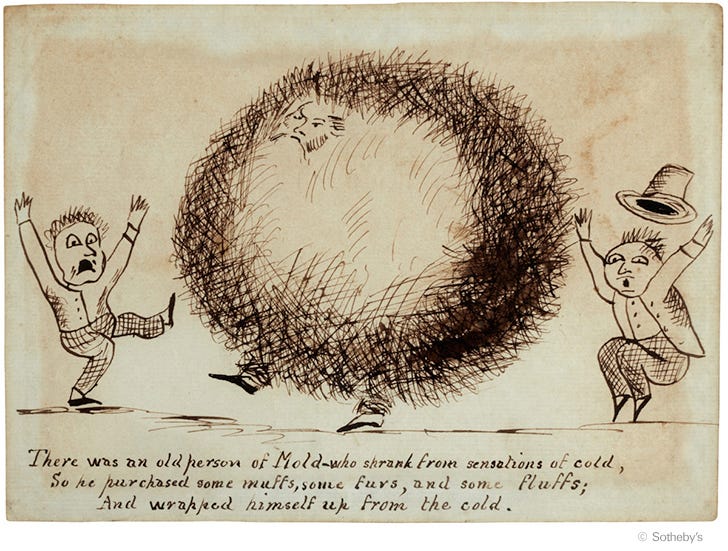
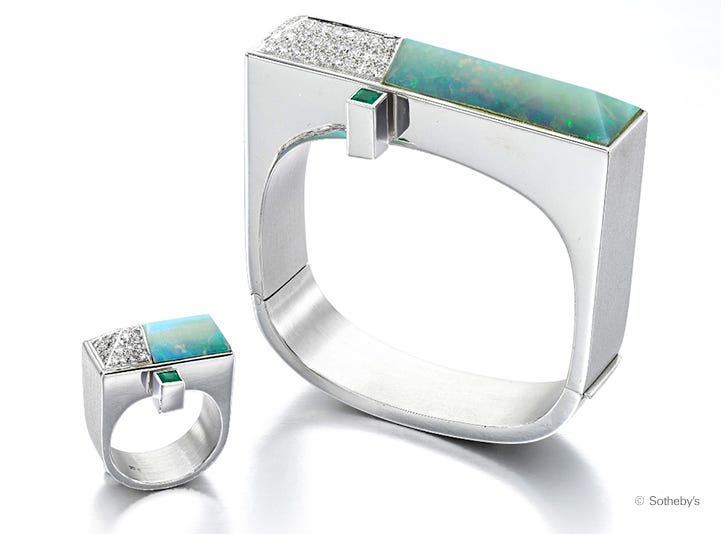
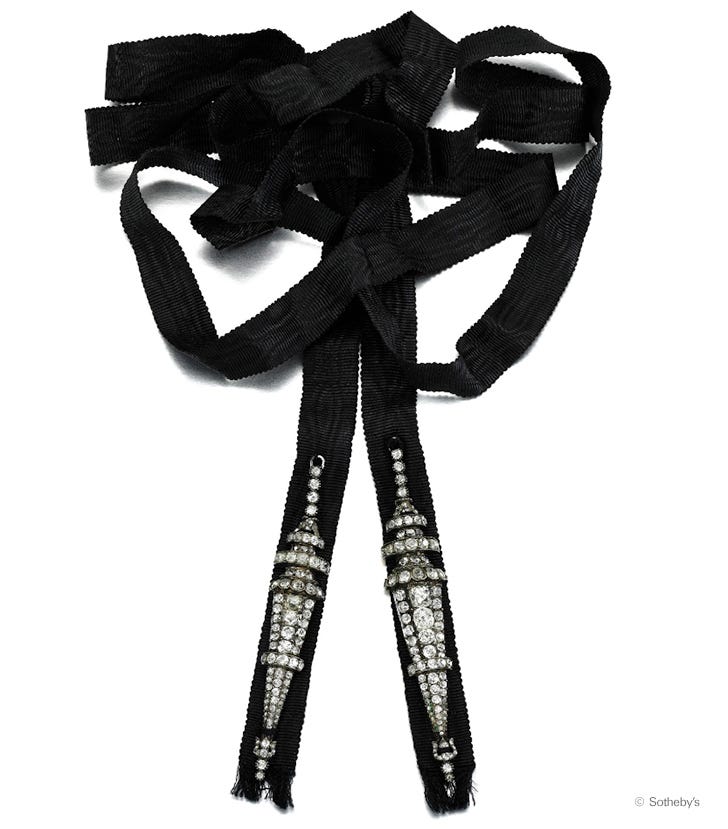
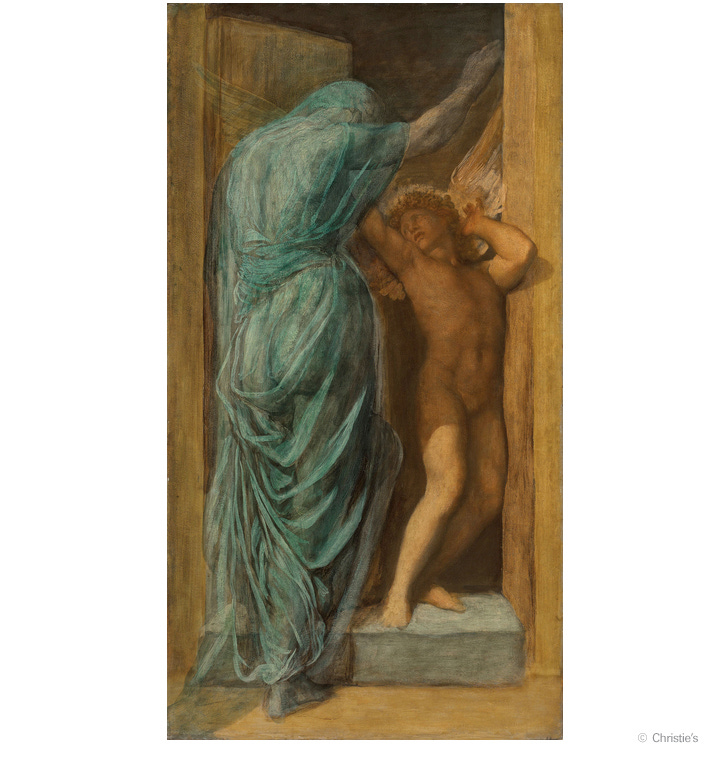
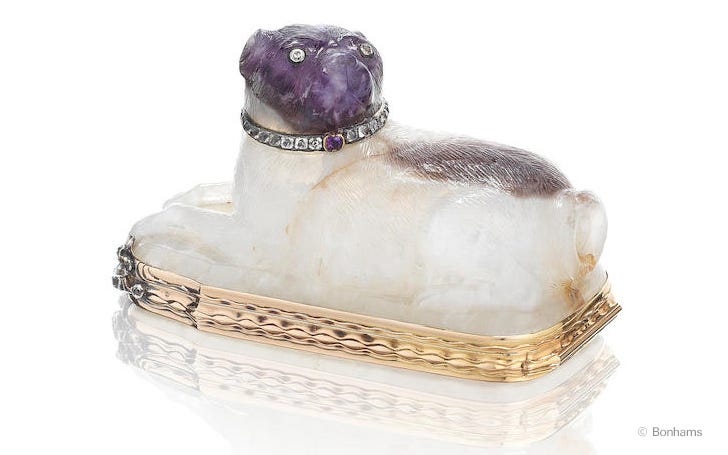

This was, as usual, a great collection but I have to admit I think I like the fishing flies book best because I'm always at least a little bit thinking about the British National Museum theft (which I first heard about on TAL but there are lots of sources to learn more): https://www.thisamericanlife.org/654/the-feather-heist
Quote of the Year 2020: "Death has the ass of a Greek god" Nice work!!